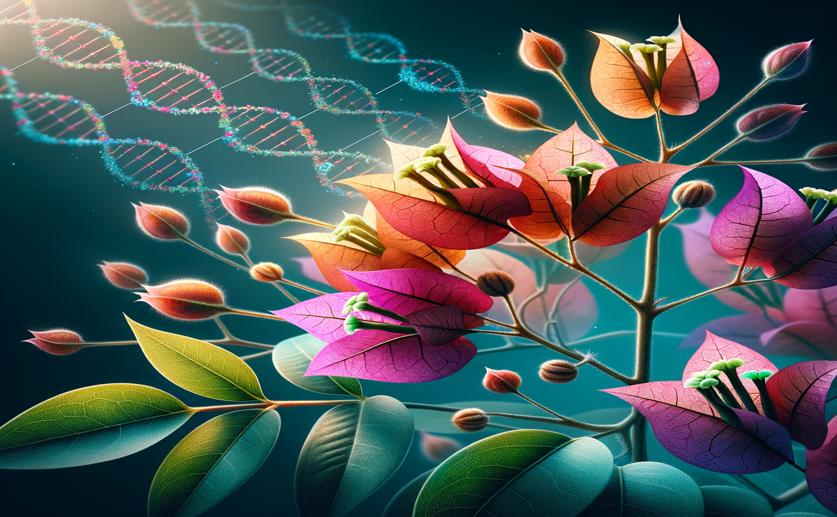
Understanding How Genes Control Flower Development in Bougainvillea
Jenn Hoskins
14th June, 2024

Image Source: Natural Science News, 2024
Key Findings
- Researchers at Hunan Agricultural University studied the development of Bougainvillea glabra bracts using advanced sequencing technologies
- They identified key genes involved in bract development, providing insights into the genetic regulation of this process
- The findings could help enhance the ornamental qualities of B. glabra through genetic and biotechnological interventions
References
Main Study
1) Transcriptomic profiling and gene network analysis revealed regulatory mechanisms of bract development in Bougainvillea glabra
Published 13th June, 2024
https://doi.org/10.1186/s12870-024-05246-7
Related Studies
2) De novo leaf transcriptome assembly of Bougainvillea spectabilis for the identification of genes involves in the secondary metabolite pathways.
3) Control of lateral organ development and flowering time by the Arabidopsis thaliana MADS-box Gene AGAMOUS-LIKE6.
4) Development of the petaloid bracts of a paleoherb species, Saururus chinensis.



 12th June, 2024 | Greg Howard
12th June, 2024 | Greg Howard